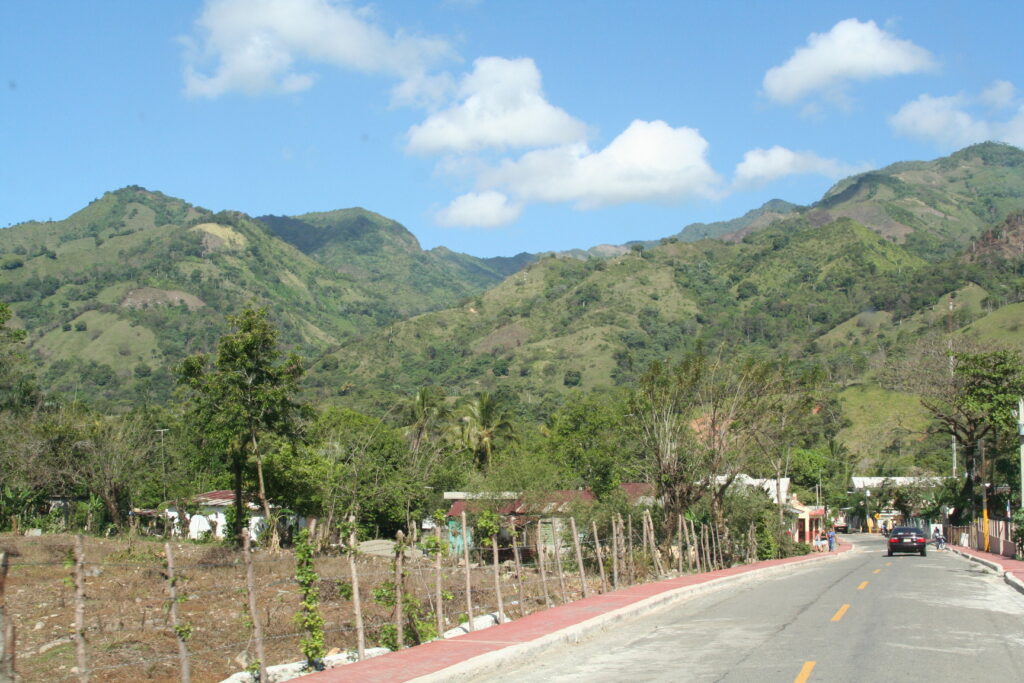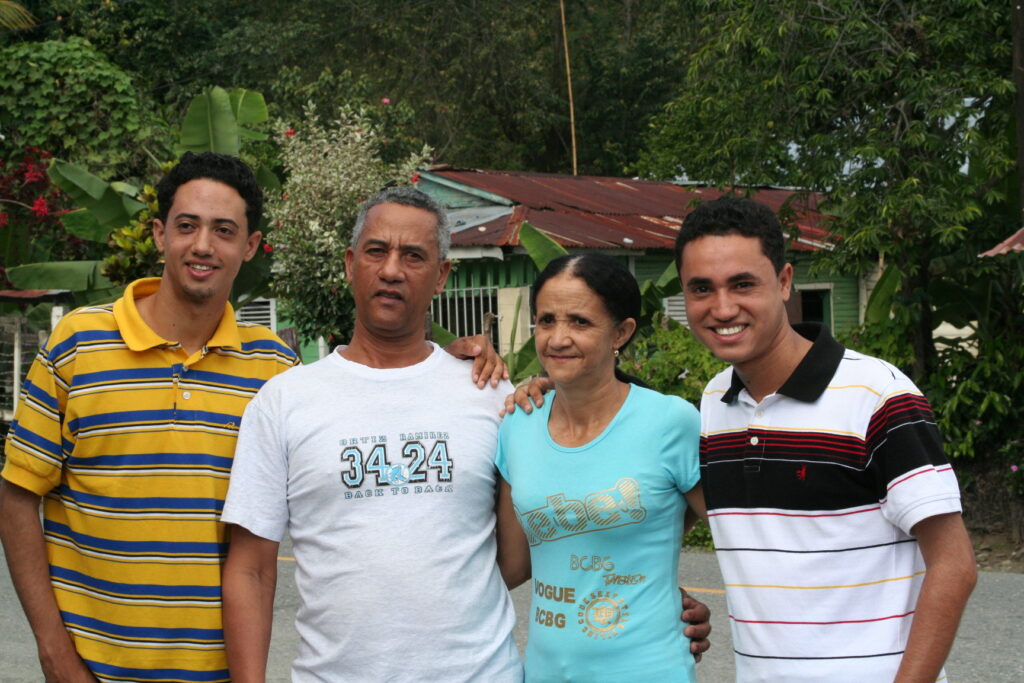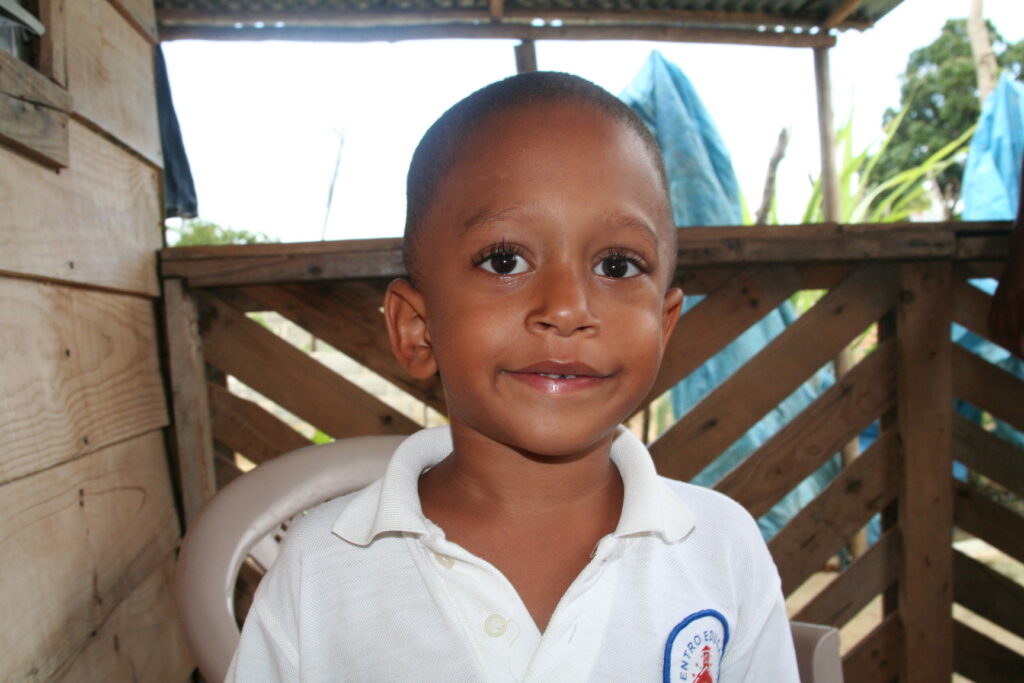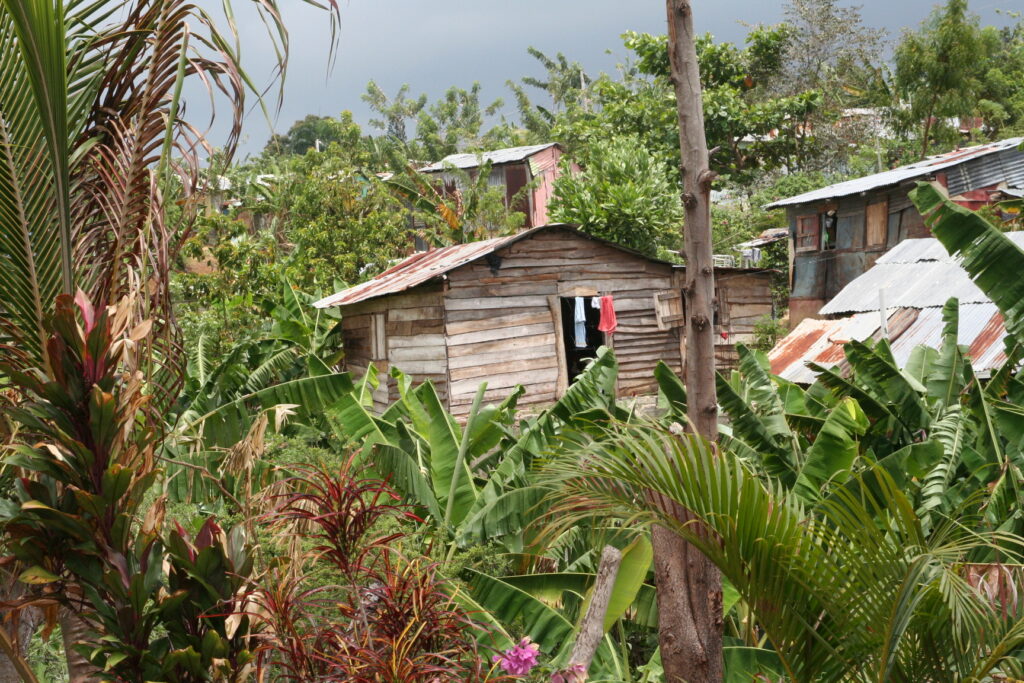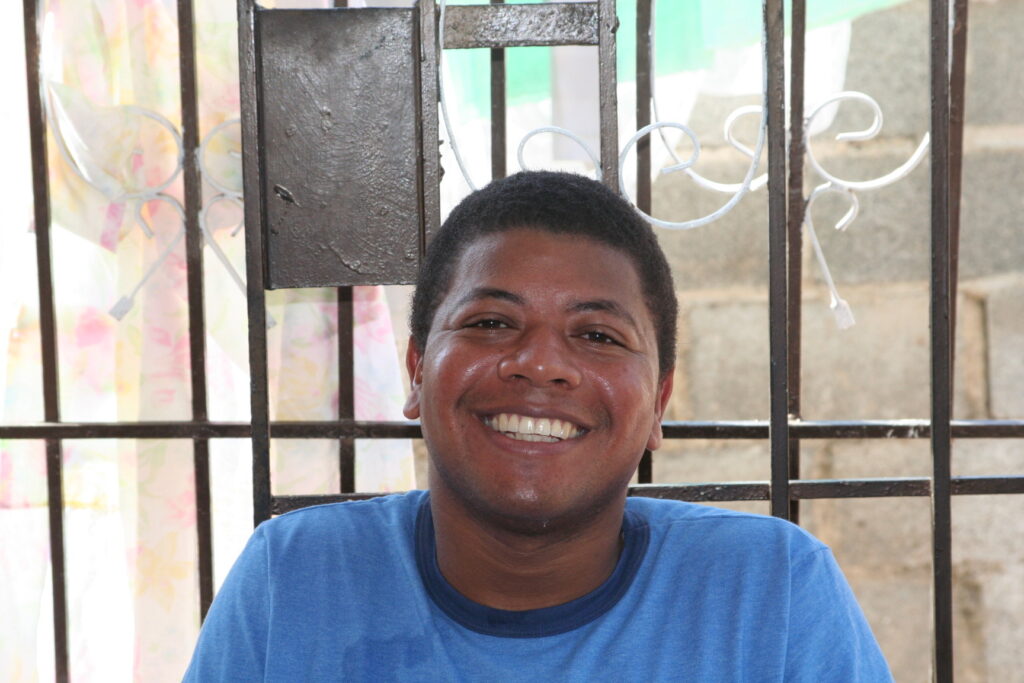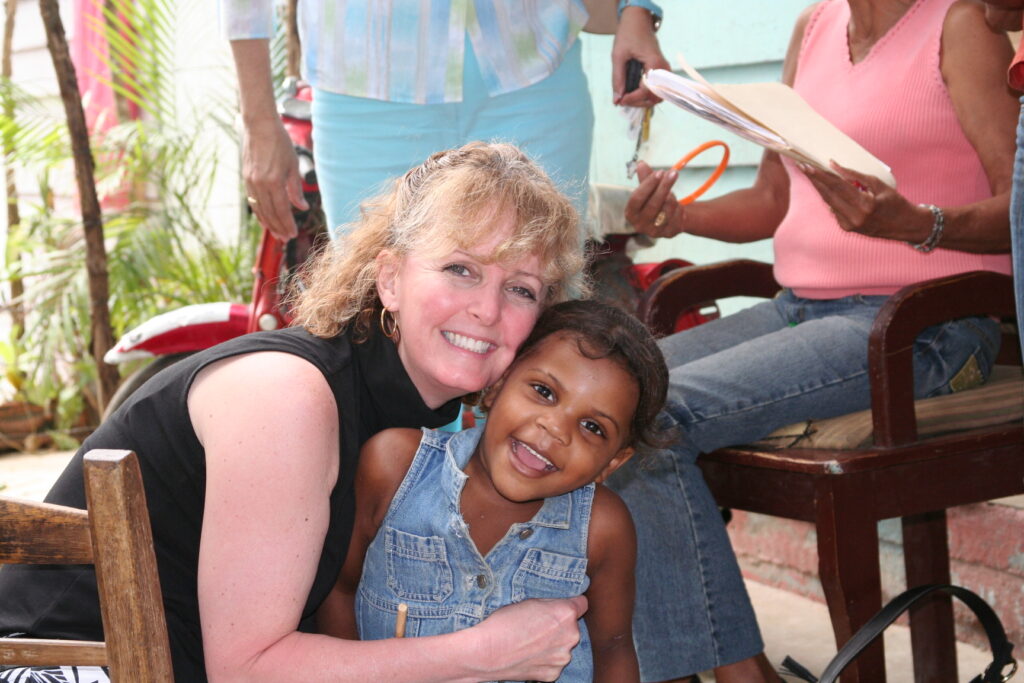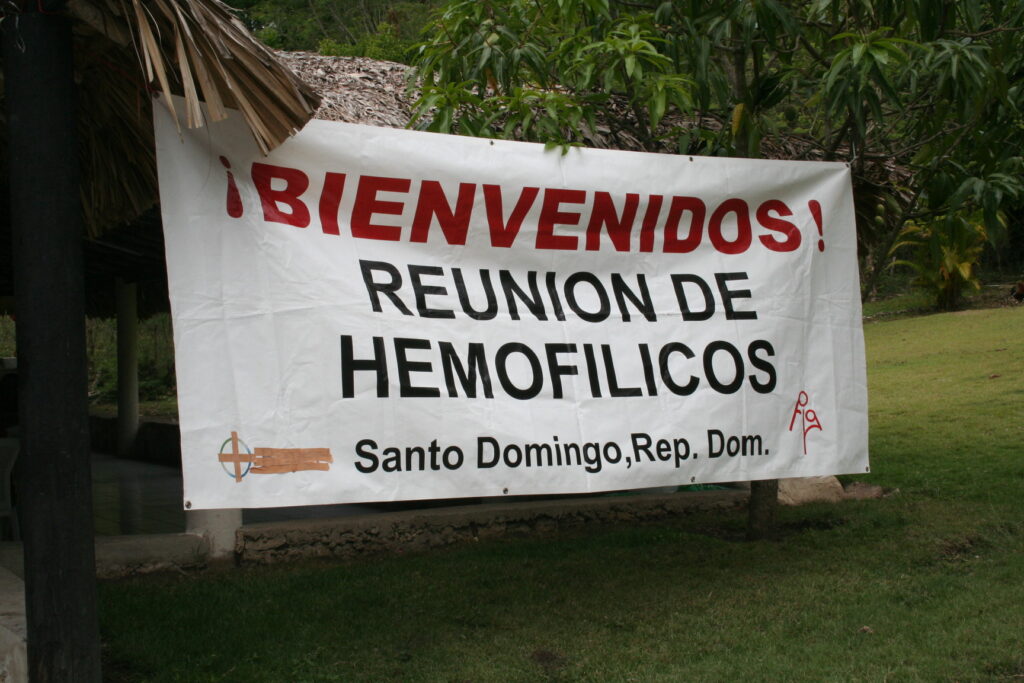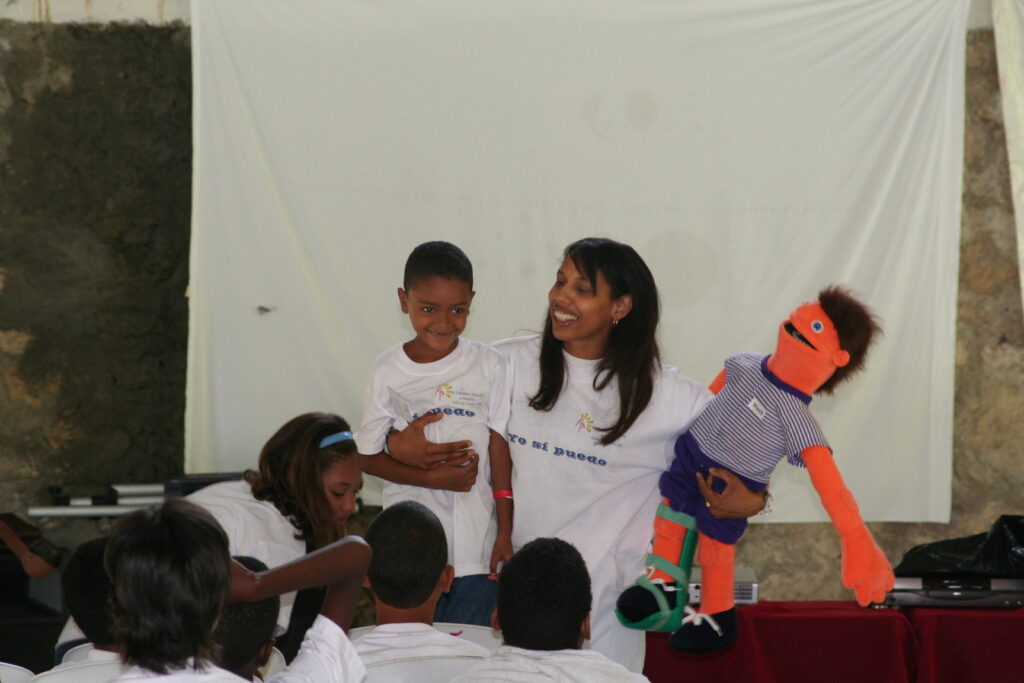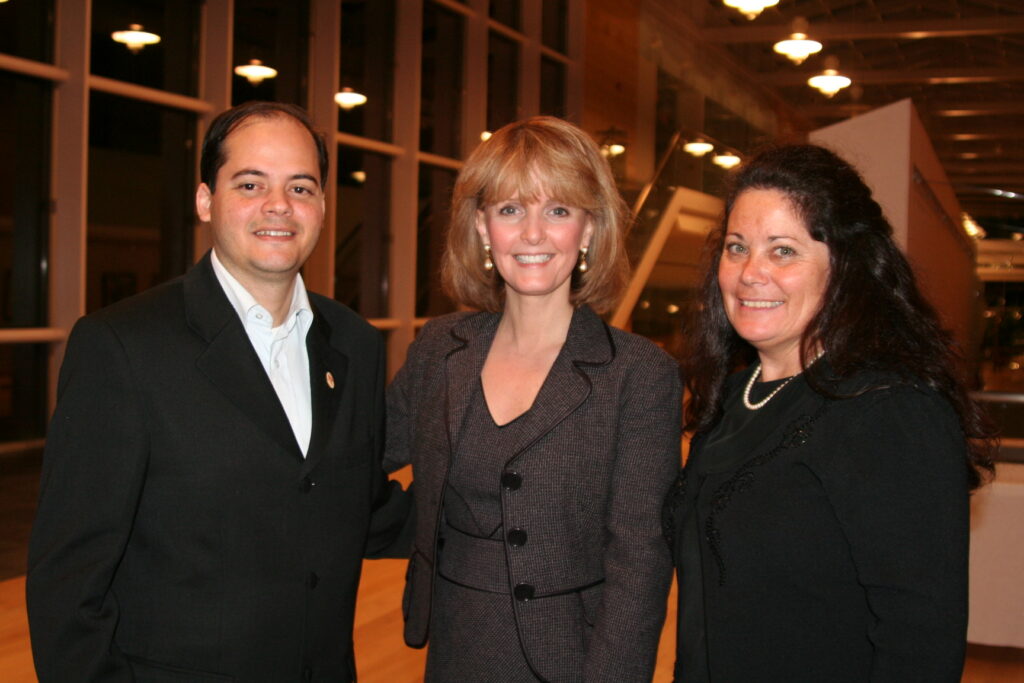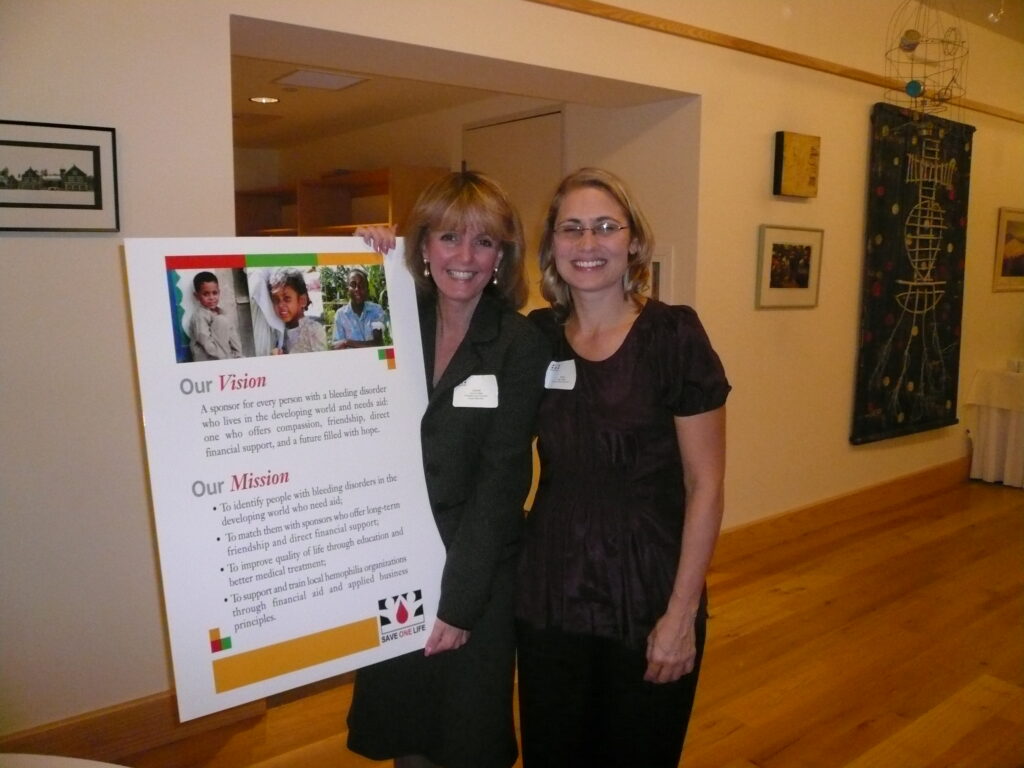Every Child Saved
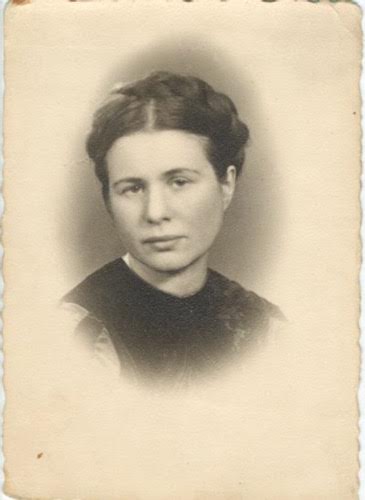

I just read this amazing account while catching up on my current events. I was so moved by this one woman, I’d like to share what was written about her with my readers:
From the Chicago Tribune:
She was an only child whose parents raised her to care about those in need, no matter what the personal cost. “I was taught that if you see a person drowning, you must jump into the water to save them, whether you can swim or not.” That’s what Irena Sendler said, who died this past week at age 98. A most courageous and remarkable woman, she was a nurse and social worker during the time of the Nazi occupation, in Warsaw, Poland.
In 1940, after the Nazis herded Jews into the ghetto and built a wall separating it from the rest of Warsaw, disease, especially typhoid, ran rampant. Social workers were not allowed inside the ghetto, but imagining “the horror of life behind the walls,” Sendler obtained fake identification and passed herself off as a sanitary worker, allowed to bring in food, clothes, and medicine.
Then, as persecution of the Jews heightened, this diminutive, not-quite-5-foot-tall woman, began smuggling Jewish children out of the ghetto saving them from certain death. Along with her friends in the resistance they smuggled children out in trashcans, boxes, suitcases, sacks, tool chests, ambulances and coffins. Even though she managed to place them in safe homes with new “safe” names, instead of forgetting their names she kept a record of their true names so that after the war, if at all possible, they could be reunited with their own families. Sadly, many of course, never were since their families perished in the crematoriums.
In 1943 Irene was captured by the Nazis and brutally tortured. In one session alone her captors broke her feet and legs. Even still, her spirit and determination to guard others did not break and she never betrayed a single soul– either the names of those in the resistance with her, or the names of those whom they had rescued. Eventually an SS guard, greedy for money, took a bribe from her resistance friends and she escaped. Of her time in jail, undergoing deprivation and torture, she said she endured it by focusing on a little card she secretly kept with her. A card revealing her motivation and source of power. A card with these words: “Jesus I trust in Thee.” A card she kept till 1979 when she gave it to Pope John Paul II.
All in all, a total of 3000 Polish Jews, including 2500 children, were saved through her determined efforts. Just last year she was finally honored by the Polish Senate and nominated for the Nobel Peace Prize, which brought dozens of reporters to her door. She told one of them she was weary of the attention, adding, “Every child saved with my help is the justification of my existence on this earth, and not a title to glory.”
And while this blog entry has nothing to do directly with hemophilia, we should know we do not have to be Nobel Peace Prize nominees, or even have to have saved thousands to make a difference in this life. Just ask yourself: what am I doing to help one child in need? I asked that in 1994, during the Rwanda crisis, and today chair a nonprofit I created called Save One Life, to help children with hemophilia in developing countries. If you want to help one child with hemophilia get out of poverty, please visit our website at www.SaveOneLife.net.
Great Book I am Reading: The Hiding Place by Corrie Ten Boom
Coincidentally, I am reading a wonderful book about Corrie Ten Boom, a Dutch woman during the Nazi occupation who helps Jewish refugees hide and then escape, by turning her home into a hiding place. Corrie, her sister Betsy and their father are eventually caught and sent to a prison, then a concentration camp. Her father dies soon after, and her sister dies only two weeks before she is released. Her suffering is immense, but her faith in God greater. The book is a testament to her faith, which permeates everything that happens to her. With her profound faith, many prisoners and even jaded guards are converted to Christianity. After reading this, you may never want to complain about anything again! I also rented the movie The Hiding Place, which faithfully follows the book. The juxtaposition of the warm home life and the stark brutality of the prison and concentration camp are jarring and shocking. Corrie survived and for the rest of her life, well into her eighties, traveled the earth to tell her story and speak her faith. Four out of four stars.

